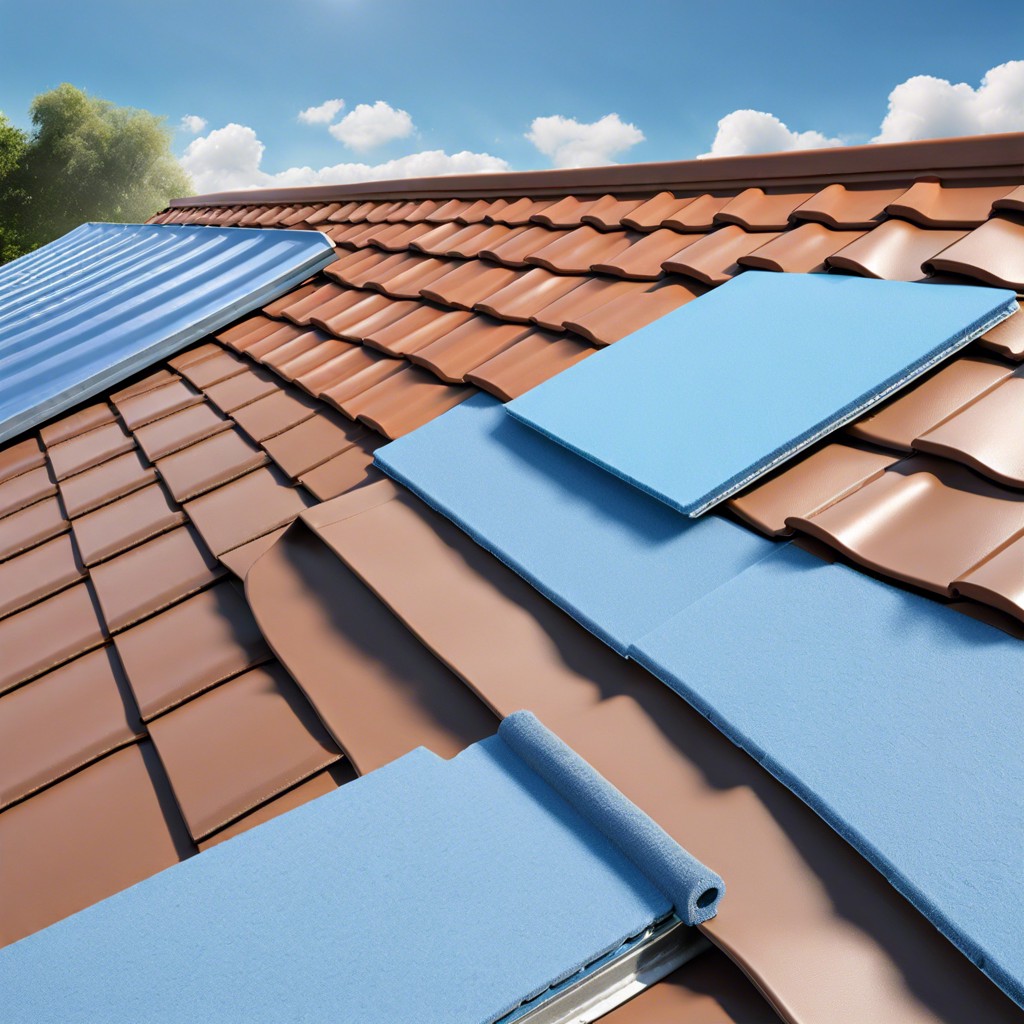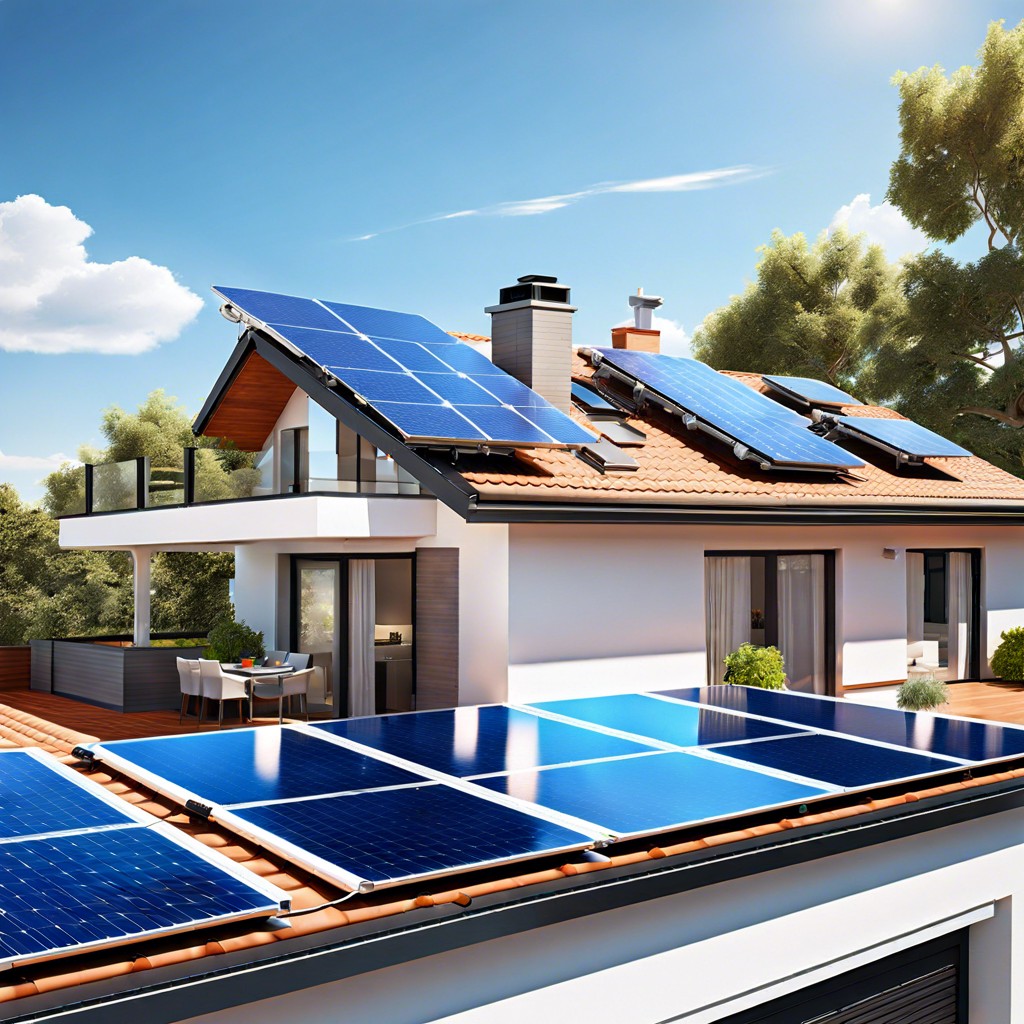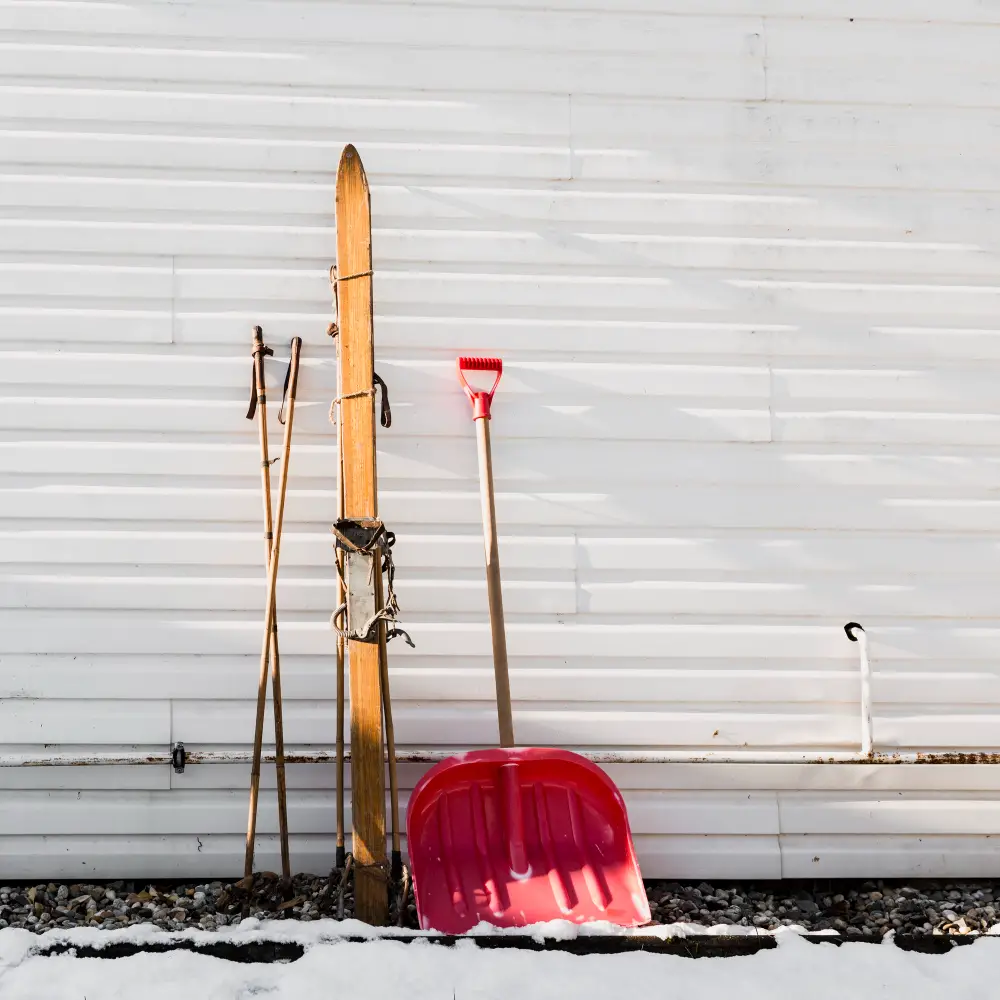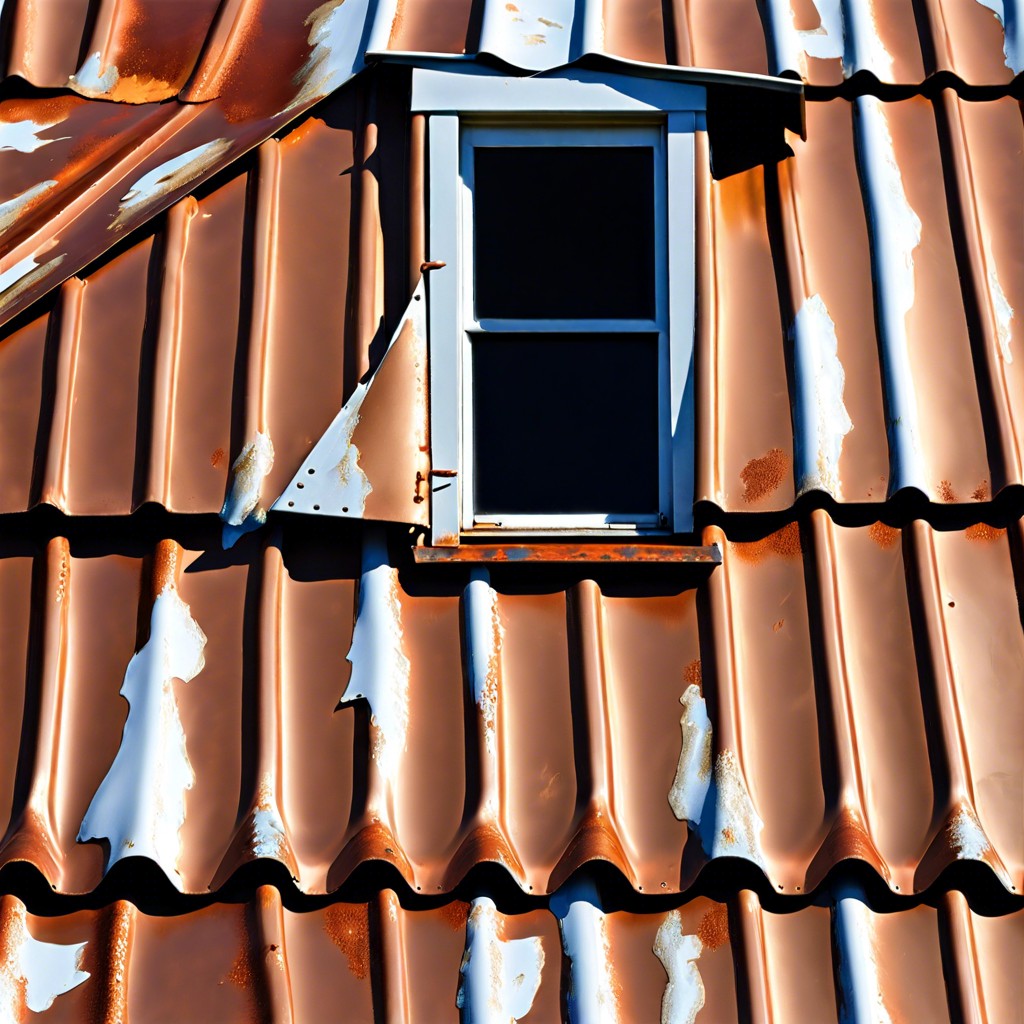Last updated on
Learn the safe and effective method of softwashing your roof to remove buildup without causing damage.
Key takeaways:
- Confirm roof compatibility with soft wash chemicals
- Gather essential tools and equipment for effective soft washing
- Prioritize safety precautions and protective gear
- Apply soft wash chemicals using low-pressure equipment
- Follow maintenance tips to prolong cleanliness and structural integrity
Assessing Roof Material Compatibility With Soft Wash Chemicals

Before beginning the soft wash process, it is crucial to confirm that your roof’s material will not be damaged by the cleaning solutions you plan to use. Various roofing materials react differently to chemicals, and using the wrong type can lead to discoloration, degradation, or even structural damage.
Common roofing materials like asphalt shingles, tiles, and metal can generally handle soft wash chemicals, such as a mix of sodium hypochlorite (bleach) and water, along with surfactants that help the solution cling to the roof for better cleaning. However, the concentration of chemicals should be carefully tailored to the type of roof; for example, historic or wooden shingle roofs may require a gentler approach and the use of less aggressive cleaning agents.
To ensure compatibility, always check the roof manufacturer’s cleaning recommendations. If uncertain, or if your roof is under warranty, consult with the manufacturer or a professional cleaner. They can confirm the safest and most effective cleaning agents for your specific roofing material. Conducting a spot test on a small, inconspicuous area of the roof can also help verify that the chosen solution will not cause harm before proceeding with the full application. This step is fundamental in preserving the integrity of your roof while achieving the desired cleanliness.
Assembling Essential Soft Washing Tools and Equipment
Having the right tools and equipment is crucial for an effective and efficient soft wash process. A low-pressure sprayer, either a dedicated soft wash system or a pressure washer with a soft wash conversion kit, is vital to ensure the chemicals are applied correctly without damaging the roof. A chemical applicator, such as a pump-up sprayer, can be used for smaller areas or touch-ups.
Quality hoses are necessary for reaching all areas of the roof without moving the equipment constantly. Ensure you have enough hose length to safely cover the entire surface area from the ground or roof’s edge. You’ll also need a chemical-resistant nozzle to regulate the flow and spread of the cleaning solution.
It’s also important to have a reliable source of cleaning solutions specifically formulated for soft washing. These should be biodegradable and safe for the type of roofing material you are cleaning.
For thorough coverage, include a mixer or proportioner to precisely dilute the cleaning solution to the appropriate strength. This precision will both protect the integrity of the roofing material and maximize the cleaning power of the solution.
Lastly, consider a tank or container for your cleaning solution that is large enough to handle the volume required for the job at hand, allowing you to work more continuously without needing frequent refills.
Safety Precautions and Protective Gear for Soft Washing
Before initiating a soft wash, prioritize personal safety by donning non-slip footwear to mitigate the risk of falls, especially on wet surfaces. Eye protection is paramount as it prevents chemical splashes from damaging your vision. Similarly, waterproof gloves are essential to avoid skin irritation that the soft washing chemicals may cause.
Ensuring that ladders and scaffolding are stable and secure will reduce the likelihood of accidents. It’s crucial to be aware of your surroundings, including power lines and nearby structures, to avoid electrical hazards and unintentional property damage. Additionally, when maneuvering on the roof, move cautiously, as the presence of soaps and chemicals can significantly decrease traction.
If you’re inexperienced with soft washing or uncomfortable working at heights, consider hiring a professional to carry out the work safely and efficiently. This approach is often the best precaution to avoid personal injury or damage to your roofing material.
Applying Soft Wash Chemicals Using Low-pressure Equipment
To begin the application, adjust your low-pressure sprayer to the appropriate setting to ensure a gentle yet thorough coverage. Start from the bottom and work your way up to prevent streaking, applying the chemical in even, overlapping strokes. This technique prevents the solution from running down over dry areas, which could cause unsightly lines.
Be meticulous in coating all areas of the roof, paying close attention to spots with visible algae, lichen, or moss. It’s crucial to saturate these infested areas well, as the chemical needs to penetrate deeply to kill the growth at its source.
Allow the solution to sit for the recommended time as per the manufacturer’s instructions, usually around 15-20 minutes, to break down dirt, grime, and organic material effectively. Refrain from letting the solution dry on the roof, as this can lead to residue buildup. If necessary, reapply to keep the surface wet during this dwell time.
Rinse the surface with the same low-pressure equipment, ensuring all chemicals are thoroughly washed away. Starting from the top and working your way down will allow for the dirty water to flow off the roof, preventing any contaminants from resettling.
Throughout the process, regularly check your equipment to maintain consistent pressure and spray pattern. This approach ensures a uniform application without damaging the roofing material with excessive pressure.
Maintenance Tips After Soft Washing
Regular maintenance extends the lifespan of your roof and ensures it stays clean for longer following a soft wash. Here are some key maintenance tips to consider:
Inspect your roof biannually to check for any algae, lichen, or mold regrowth. Early detection allows for swift treatment before extensive cleaning is required.
Trim branches that hang over your roof, as they can provide shade and moisture—not to mention deposits of leaves and debris—which create a perfect breeding ground for organisms that a soft wash aims to eliminate.
Ensure your gutters are clean and free from blockages. A functioning gutter system prevents water from pooling on your roof, which can lead to algae and moss growth.
Consider applying a growth inhibitor after soft washing, which can slow down the reappearance of biological elements.
Keep nearby landscaping under control to improve airflow and sunlight exposure on the roof, both of which can minimize the growth of moss and algae.
By diligently observing these maintenance practices, your roof’s cleanliness and structural integrity will be markedly preserved post-softwash.





